
Amiga
Amiga Specifications
| Manufacturer: | Commodore |
| Developer: | Commodore |
| CPU: | Motorola 68000 |
| Memory: | 16MB |
| Graphics: | AGA chipset |
| Sound: | The sound chip, named Paula, supports four sound channels (two for the left speaker and two for the right) with 8-bit resolution for each channel and a 6-bit volume control per channel. |
| Medium: | Floppy Disk |
| Display: | 1024×800 for NTSC and 1024×1024 for PAL |
| Controllers: | 1 |
The Amiga is a family of personal computers marketed by Commodore in the 1980s and 1990s. The first model was launched in 1985 as a high-end home computer and became popular for its graphical, audio and multi-tasking abilities. The Amiga provided a significant upgrade from 8-bit computers, such as the Commodore 64, and the platform quickly grew in popularity among computer enthusiasts. The best selling model, the Amiga 500, was introduced in 1987 and became the leading home computer of the late 1980s and early 1990s in much of Western Europe. In North America success was more modest. The Amiga went on to sell approximately six million units.
Second generation Amiga systems (A1200 and A4000) were released in 1992. However, poor marketing and failure to repeat the technological advances of the first systems meant that the Amiga quickly lost its market share to competing platforms, such as the fourth generation game consoles, Apple Macintosh and IBM PC compatibles.
The Amiga was known for its impressive graphics capabilities and advanced sound processing, which made it popular in the video production and gaming industries. It ran on a custom operating system called AmigaOS. Although Commodore went bankrupt in 1994, the Amiga still has a dedicated fanbase and continues to be used for various purposes, including retro gaming and music production.
Although early advertisements cast the computer as an all-purpose business machine, especially when outfitted with the Sidecar IBM PC compatibility add-on, the Amiga was most commercially successful as a home computer, with a wide range of games and creative software. The Video Toaster hardware and software suite helped Amiga find a prominent role in desktop video and video production. The Amiga's audio hardware made it a popular platform for music tracker software. The processor and memory capacity enabled 3D rendering packages, including LightWave 3D, Imagine, and Traces, a predecessor to Blender.
Poor marketing and the failure of later models to repeat the technological advances of the first systems resulted in Commodore quickly losing market share to the rapidly dropping prices of IBM PC compatibles, which gained 256 color graphics in 1987, as well as the fourth generation of video game consoles.
Commodore ultimately went bankrupt in April 1994 after a version of the Amiga packaged as a game console, the Amiga CD32, failed in the marketplace. Since the demise of Commodore, various groups have marketed successors to the original Amiga line, including Genesi, Eyetech, ACube Systems Srl and A-EON Technology. AmigaOS has influenced replacements, clones, and compatible systems such as MorphOS and AROS. Currently Belgian company Hyperion Entertainment maintains and develops AmigaOS 4, which is an official and direct descendant of AmigaOS 3.1 – the last system made by Commodore for the original Amiga Computers.
Latest on Amiga
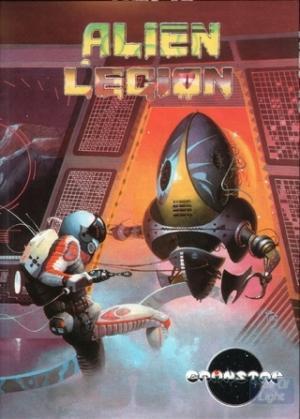
Alien Legion
Alien Legion is an Amiga platformer shoot'em up game released in 1989 by Gainstar.
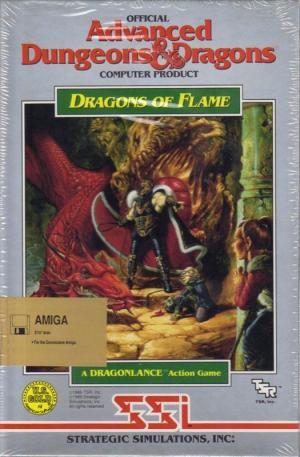
Dragons of Flame
Dragons of Flame is a Role-Playing game, developed by U.S. Gold and published by SSI, which was released in 1989. SSI continue their series of AD&D re...
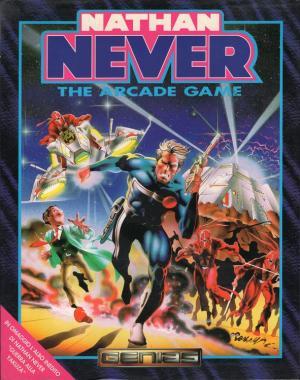
Nathan Never: The Arcade Game
Based on Italian comic book published by Sergio Bonelli Editore and originally created in 1991 by Michele Medda, Antonio Serra and Bepi Vigna (credite...

Starwoids
This game was released as shareware (DEMO version) initially. It planned that additional levels would be presented after send 15 USD and register as ...

Zynaps
Zynaps is a side-scrolling shoot 'em up video game published by Hewson Consultants for the ZX Spectrum, Amstrad CPC and Commodore 64 in 1987 and for t...
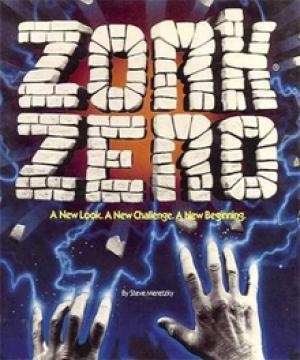
Zork Zero: The Revenge of Megaboz
Zork Zero: The Revenge of Megaboz is an interactive fiction video game, written by Steve Meretzky over nearly 18 months and published by Infocom in 19...
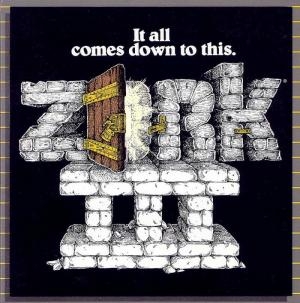
Zork III: The Dungeon Master
Zork III: The Dungeon Master is an interactive fiction video game written by Marc Blank, Dave Lebling, Bruce Daniels, and Tim Anderson and published b...
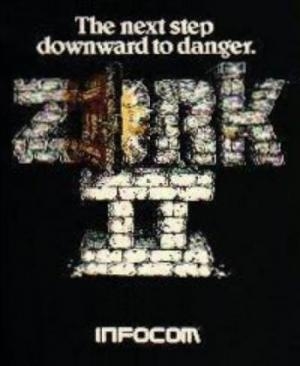
Zork II
Zork II: The Wizard of Frobozz is an interactive fiction video game published by Infocom in 1981. It was written by Marc Blank, Dave Lebling, Bruce Da...
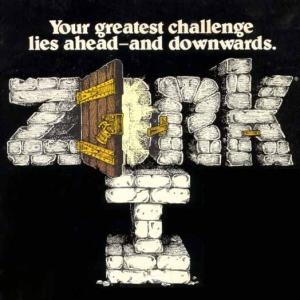
Zork I
>Throw the sack at the troll. The troll, who is remarkably coordinated, catches the brown sack and, hot having the most discriminating taste, gleeful...
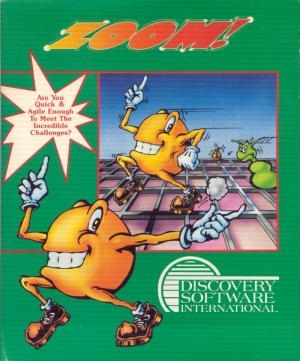
Zoom!
Zoom! is an arcade style puzzle game. Your character Zoomer (a Pacman lookalike with arms & legs) must trace the outline of the squares on the game bo...